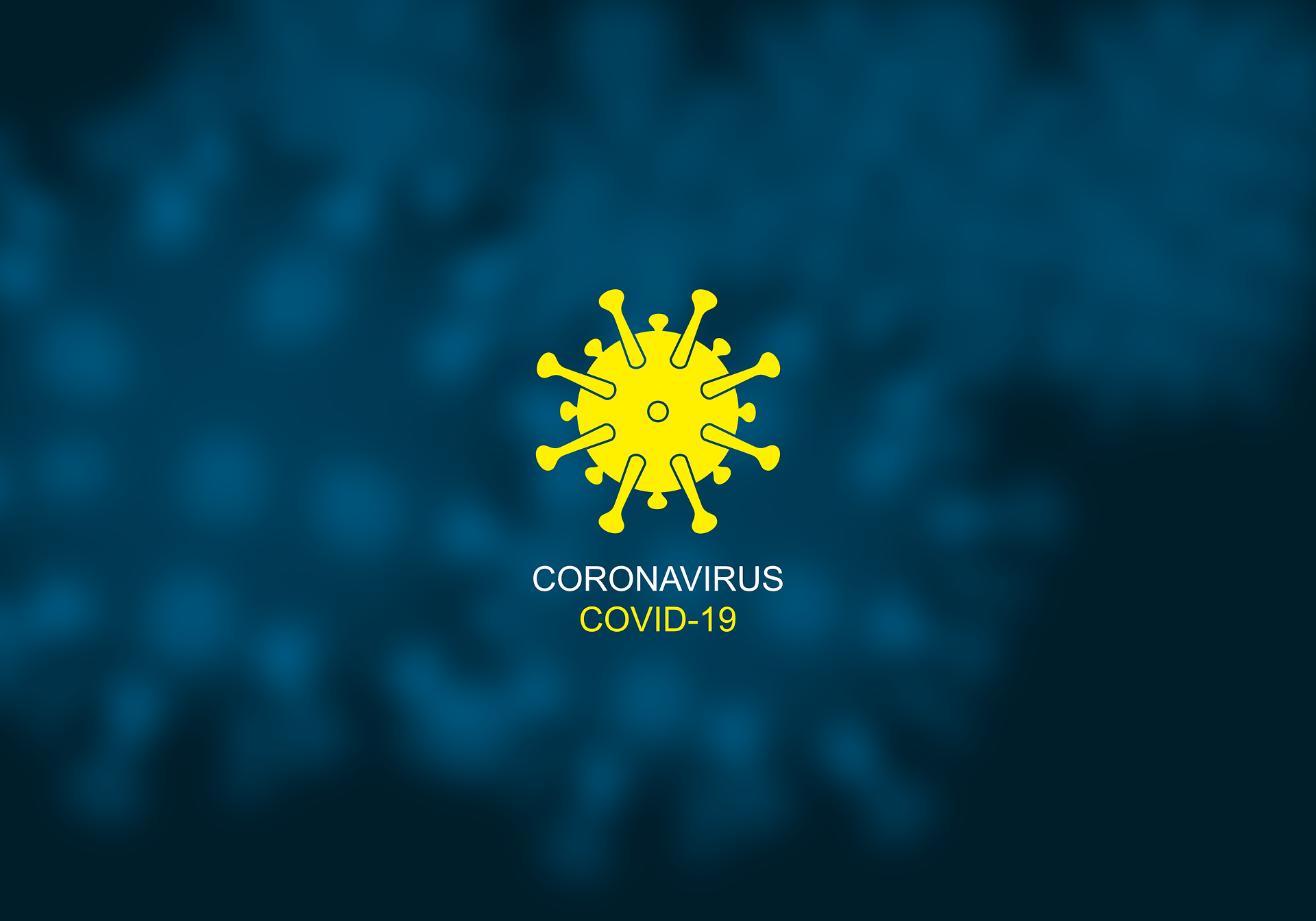The Pirola variants dominate in Austria, above all JN.1. There is increasing evidence that it could develop into an intestinal infection.
Corona numbers remain high. This is reflected in wastewater monitoring, whose curve is only slowly flattening, and in the more than 50,000 sick notes due to Corona infections. The number of hospital occupancy rates is also high, as Virolge Norbert Nowotny confirms in an interview with “Heute”: “We have over 1,100 hospitalized people throughout Austria, which is not a small number.”
The new, even more contagious Pirola variants are now a decisive factor in the high figures. JN.1 is “a descendant, a further development of the Pirola variant with an additional mutation in the spike protein, which is also on the rise in Austria,” says the expert. However, this variant is far from the original virus variants—the wild type, alpha, and delta—which led to severe clinical courses.
“JN.1, like the other Omicron derivatives, tends to multiply in the upper respiratory tract, which is good for the virus because it spreads more easily, as we can see from the many infections. However, the severity of the course of the disease is generally not so tragic, and we can see this from the fact that not so many people end up in intensive care. We currently have around 30 patients, whereas we had a peak of over 700 intensive care patients in each case with the wild-type, alpha, and delta variants.”
But there could be another difference. Molecular biologist Ulrich Elling and virologist Andreas Bergthaler have already put forward the theory that the current virus variants lead to higher virus excretion than earlier variants, and that is why the curve in wastewater monitoring is so high.
So, could it be that JN.1 is increasingly mutating into an intestinal virus? “No. It was never in the foreground, but the gastrointestinal symptoms of a coronavirus infection were there from the beginning. This is because the ACE-2 receptors through which the virus enters our body are not only present in our respiratory tract but also in the digestive tract and other places,” Nowotny explains.
The fact that the coronavirus also multiplies in the gastrointestinal tract can also be seen from the fact that “we carry out wastewater tests. We find the virus there, not because people cough into the toilet, but because they do something else there.” However, it could be that JN.1 is somewhat more active. Nevertheless, this variant is not a pure intestinal pathogen; “otherwise, it would not be so widespread.”
The symptoms of JN.1 have, therefore, not changed compared to the other Omicron variants. The main symptoms of all variants still include
Headache
fatigue
aching limbs
runny or blocked nose
sore throat
Cough
Disorders of the sense of smell and taste
According to the “Zoe Covid Symptom Study” from the UK, these are not new but occur more frequently in the Pirola variants:
Diarrhea
Skin rash
Changes in the mouth or on the tongue
red and sore fingers or toes
itchy or red eyes
- source: heute.at/picture: pixabay.com
This post has already been read 4838 times!



